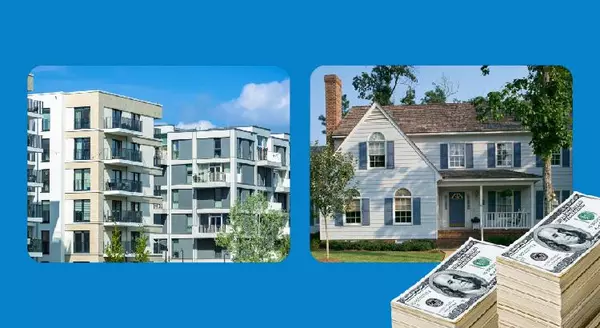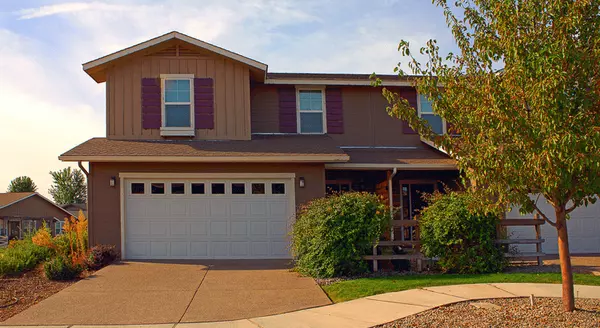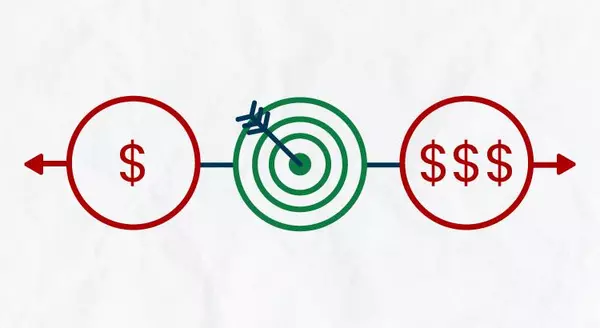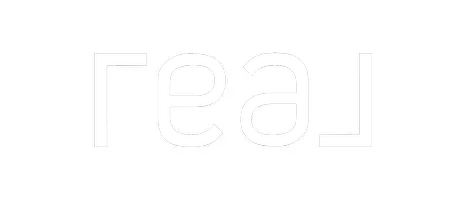3 Pro Home Pricing Strategies That Pay
When it comes to selling your home, pricing it right from the get-go is crucial. It’s not just about putting a number on your property; it’s about strategically positioning it in the market to attract the right buyers and maximize your returns. In this article, we’ll delve into three proven pricing strategies that can make a significant difference in your home selling journey. Let’s go.
1. Comparative Market Analysis (CMA)
A Comparative Market Analysis, or CMA, is a thorough evaluation of recently sold homes in your area that are similar to yours in terms of size, location, condition, and other relevant factors. The goal is to determine a competitive and realistic price range for your property based on current market trends and comparable sales data.
Pros:
-
Accuracy: CMAs provide a data-driven approach to pricing, leveraging recent sales data to estimate the fair market value of your home.
-
Competitive Edge: By pricing your home in line with similar properties that have recently sold, you increase the likelihood of attracting serious buyers and potentially sparking competitive bidding.
-
Confidence: Having a professionally prepared CMA can instill confidence in both sellers and buyers, as it offers transparency and credibility in the pricing process.
Cons:
-
Limited Scope: While CMAs offer valuable insights into recent sales, they may not account for unique features or market fluctuations that could impact your home’s value.
-
Subjectivity: The interpretation of comparable sales data can vary among real estate agents, leading to potential discrepancies in pricing recommendations.
-
Market Changes: In rapidly changing markets, CMAs may quickly become outdated, requiring frequent updates to ensure accuracy.
2. Pricing Below Market Value for a Quick Sale
This strategy involves deliberately pricing your home slightly below its estimated market value to attract a larger pool of buyers and generate quick offers. The aim is to create a sense of urgency and perceived value, potentially sparking multiple offers and driving up the final sale price.
Pros:
-
Increased Interest: A below-market price tag can pique the interest of buyers who perceive the opportunity for a good deal, leading to more inquiries and showings.
-
Faster Sale: By positioning your home as a compelling value proposition, you stand a better chance of securing offers quickly and minimizing the time your property spends on the market.
-
Potential for Multiple Offers: Pricing below market value can stimulate competition among buyers, potentially resulting in multiple offers and driving up the final sale price.
Cons:
-
Risk of Undervaluing: Pricing too far below market value could potentially leave money on the table if you receive offers quickly without allowing for competitive bidding.
-
Perception of Issues: Some buyers may view a below-market price as a red flag, assuming there are undisclosed issues with the property or questioning its true value.
-
Perception of Desperation: Pricing your home below market value may lead some potential buyers to perceive that you are desperate to sell, potentially undermining your negotiating leverage and resulting in lower offers.
3. Pricing Higher to Leave Room for Negotiation
This strategy involves setting an initial list price for your home that is higher than its estimated market value, with the intention of negotiating down to a mutually agreeable price with potential buyers. The idea is to create a perception of value and flexibility, allowing room for negotiation without compromising your bottom line.
Pros:
-
Perceived Value: A higher list price can create the perception of luxury or exclusivity, attracting affluent buyers who are willing to pay a premium for desirable features.
-
Negotiation Flexibility: Pricing above market value provides room for negotiation, allowing you to potentially achieve a higher final sale price while still accommodating buyer preferences and concessions.
-
Mitigated Risk: Starting with a higher list price provides a buffer against market fluctuations or unexpected expenses, reducing the risk of underselling your property.
Cons:
-
Limited Buyer Pool: Pricing too far above market value can deter prospective buyers who perceive the asking price as unrealistic or unattainable.
-
Extended Time on Market: Homes priced above market value may linger on the market longer, leading to stale listings and diminishing buyer interest over time.
-
Appraisal Challenges: If the negotiated sale price is significantly higher than the home’s appraised value, buyers may struggle to secure financing, potentially jeopardizing the transaction.
Selecting the right pricing strategy for your home requires careful consideration of various factors, including market conditions, property attributes, and your specific goals as a seller. Whether you opt for a data-driven approach with Comparative Market Analysis, aim for a quick sale with a below-market price, or leverage negotiation tactics with a higher list price, each strategy has its own set of pros and cons to weigh. By partnering with an experienced real estate professional, you can navigate these options with confidence and ultimately achieve success in selling your home.
Categories
Recent Posts













